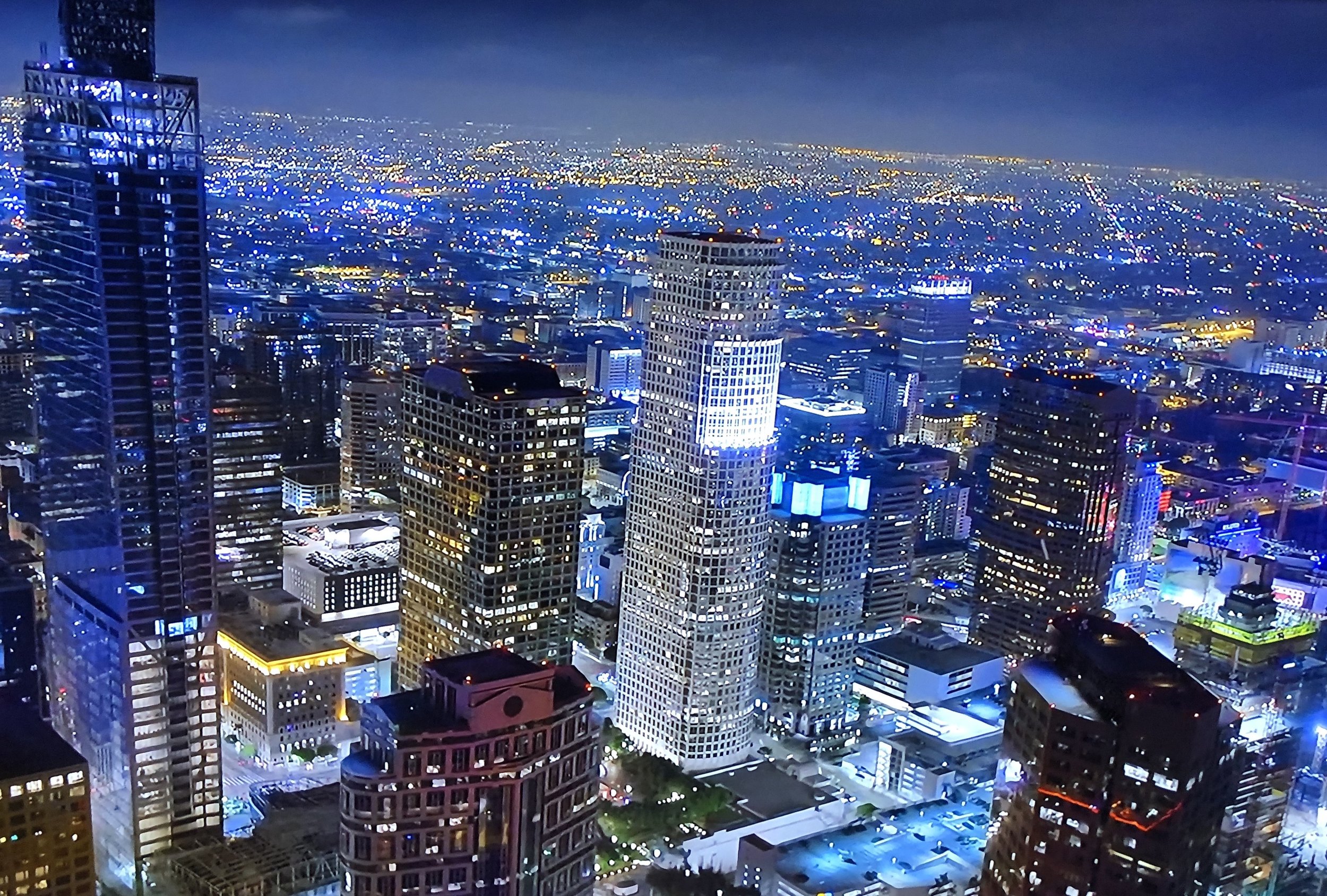Poison Apple Placemaking
My name is Kevin Hardman. I am an Appleholic.
I'm typing this on an Apple keyboard connected to an Apple MacBook while navigating with my Apple Magic Mouse. My iPhone rests dutifully by my side. A few feet away, my iPad stands at attention. AirTags scattered throughout the house prevent me from losing my keys and other valuables. Our household has four other family members, so there are four more iPhones and three more MacBooks. I'm immersed in the Apple ecosystem.
I love it, but I'm also troubled by it.
Apple products are beautiful, elegant, and functional, but consumer products like these have fooled our species into believing that human ecosystems can be built in the same spirit.
Take Apple Park, the global headquarters of Apple Inc., located in Cupertino, California. Home to over 12,000 employees, the campus covers 175 acres and 2.8 million square feet.
From this satellite view, these buildings feel sculptural and exciting, as if the architects intended to replicate the original iPod click wheel. The buildings in the foreground are the Apple Park(ing) decks, nearly three times larger than the Louvre in Paris.
But, the campus has no connection to successful human placemaking and no relationship to the surrounding environment. Of course, Apple doesn't want a connection. Apple Park is a corporate campus designed to be isolated and viewed from the sky. The vast, lonely stroads that line Apple Park tell the full story.
Human places should not be judged by what we see from the sky. Successful human places only hold meaning from people's perspectives on the ground.
We see this dichotomy elsewhere in the Apple universe. The Apple OS comes pre-loaded with some astonishing video screen savers that feature the natural and built environment. Here's one featured place:
It's hard to be unmoved by this image of Dubai, United Arab Emirates. It feels so exciting and aspirational until you experience Dubai on the ground:
and here, outside the Burj Khalifa, the world's tallest building.
Like Apple Park, Dubai is more like an industrial machine than a human place. The same is true of Downtown Los Angeles, California, another city featured as a screen saver.
But, Downtown LA streets were designed to move automobiles like electrons on a circuit board. This isn’t a place designed to be outside a car. Humans don’t linger here. Humans don’t fall in love with this place.
The places above were built in a manner that overturns 8,000 years of human civilization building. They treat places as technological objects, judged by efficiency and industrial design. Mark Anthony Signorelli and Nikos A. Salingaros make an apt accusation that places like this have a "hostility and defiance towards all traditional standards of excellence, discovered over millennia of craftsmanship and reflection."1
Consider this final place, featured as a screen saver:
From the sky, London, England, isn't as captivating as Dubai or Los Angeles. It’s not sleek, and it doesn't underscore human technological progress. It feels messy and unfinished.
But zooming down to a random street confirms the actual value of this place.
This place was built for people before all of the technological promises of the last century, and it seems likely to survive for centuries longer. These are the types of places we should build.
Despite my love of Apple products, Apple Park breaks my heart. Humanity can't afford to build a place like Apple Park. We cannot afford to continue building places in the manner of Dubai and Downtown LA.
You can explore all of the Apple screensavers here.











